Can a Female Join MARCOS Indian Navy?
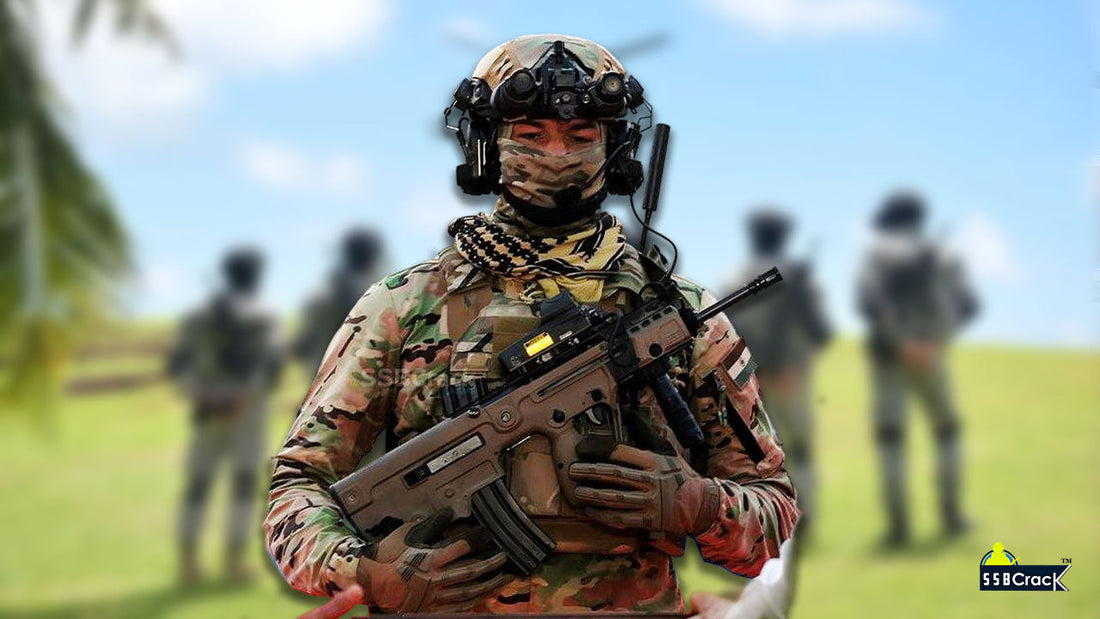
The Indian Navy has recently made headlines with an unprecedented policy change: for the first time in its history, women are allowed to join the elite Marine Commandos (MARCOS), marking a significant step towards gender equality in India's military forces.
This momentous decision not only paves the way for women to serve in special operations but also symbolizes a broader evolution of thought within the ranks of advancing societal norms. As the landscape of defence forces shifts, it is essential to explore the implications, challenges, and future of this development.
MARCOS Marine Commando Poster
Rs. 399.00
Sale price
Rs. 249.00


MARCOS Coffee Mug
Rs. 699.00
Sale price
Rs. 499.00
Historical Context
In India, the integration of women into the military has been slow compared to many Western nations. Historically, women have participated in various capacities, serving as nurses or in administrative roles. However, combat roles were off-limits until major strides in policy reformation took place over the last two decades. The Indian Army, Air Force, and now the Navy have begun to embrace a more gender-inclusive approach, reflecting a growing recognition of women's capabilities within the armed forces.
SSB Interview Books Power Pack: 4 Must Read Books for Defence Aspirants
Rs. 1,760.00
Sale price
Rs. 1,399.00
Let's Crack SSB Interview Book [Paperback]
Rs. 390.00
Sale price
Rs. 360.00
Breaking The Code of SSB Psychological Tests [Paperback]
Rs. 390.00
Sale price
Rs. 360.00
OIR Test & PPDT - SSB Interview Screening Test - Stage 1 Testing [Paperback]
Rs. 490.00
Sale price
Rs. 375.00
The landmark decision to allow women into MARCOS follows the successful induction of women officers into various roles in the three services. For instance, in 2015, the Indian Air Force appointed women to pilot fighter jets, and the Army's Corps of Signals began enrolling women into combat management roles. Now, with women becoming part of a unit as esteemed and demanding as MARCOS, a new chapter in India's defence history unfolds.
The Significance of Inclusion in MARCOS
MARCOS is known for its rigorous training and operational effectiveness in performing covert operations, specialized diving, and counter-terrorism in maritime environments. The elite status of MARCOS positions this decision not just as a policy change but as a transformative cultural shift within India's Defence forces. The implications extend beyond operational capacity; they resonate on a national level, promoting gender equality and reflecting modern values.
- First-Ever Policy for Women: This is the first time any of India’s military branches allows women to join special forces, creating equal opportunities for female personnel.
- Empowerment of Women: The decision empowers women to serve in roles traditionally dominated by men, potentially inspiring future generations.
- Enhanced Operational Capability: Introducing women into MARCOS could enhance operational effectiveness by utilizing a broader pool of talent with diverse skill sets.
Also Read: Can a Female Become Para SF Commando?
Eligibility and Volunteering for MARCOS
To join MARCOS, women must first enlist in the Indian Navy as Agniveers. The Agnipath scheme, which aims to attract a younger demographic into the Indian armed forces, allows women to volunteer for specialized roles after completing initial training. It is crucial to understand the following about the eligibility process:
- Voluntary Enrollment: Unlike some military models that may allocate personnel to specific units, joining MARCOS is entirely voluntary. Women must express their intention to undergo MARCOS training after fulfilling their base military obligations.
- Basic Entry Requirements: Candidates must meet the rigorous general entry standards for Agniveers, including physical fitness, medical standards, and educational qualifications.
- Commitment: Women who choose to volunteer not only commit to the challenges of intensive training but also to serving in high-stakes environments.
Training and Selection
The training process is highly selective and notoriously rigorous, leading to an extraordinarily high dropout rate.
-
Training Components: MARCOS training includes:
- Basic special forces training
- Parachute courses
- Combat diver's courses
- Advanced techniques in clandestine operations and fieldcraft
- Dropout Rates: Reports indicate that during the selection process, more than 80% of candidates do not complete the training, reflecting the demanding nature of the program.
This difficulty ensures that only the most committed and capable personnel are chosen for the elite unit, thus maintaining the operational integrity and effectiveness of MARCOS.
Also Read: How to Become a MARCOS Commando
Gender Neutrality in the Indian Navy
The Indian Navy has made significant strides towards becoming an inclusive and gender-neutral force. The recent integration of women into various roles within the service is both progressive and essential for cultivating a diverse military environment. Key developments include:
- Expansion Into All Branches: Women can serve in aviation, surface ships, submarines, and now in special operations with MARCOS.
- Positive Changes in Recruitment: With a recent deploying rate of 341 women out of 3,000 recruits under the Agniveer scheme, the Navy is celebrating this new era that includes women actively contributing in every area.
- Support Systems: To facilitate this transition, the Navy has implemented robust support systems, including mentorship, training adaptations, and psychological assessments, to assist female personnel in adjusting to the demands of naval life.
Challenges and Solutions
While the policy change heralds a new age in military equality, a myriad of challenges must be addressed to ensure success.
-
Sociocultural Barriers: Traditional norms and societal expectations may pose hurdles for women seeking to join MARCOS. Combat roles have historically been associated with masculine qualities, potentially leading to skepticism from both peers and society.
- Proposed Solutions: Advocacy for greater awareness and education on gender equality in defence can help break down stereotypes. Mentorship programs from female leaders within the military can also provide inspiration and encouragement.
-
Physical Standards: The high physical and psychological demands of MARCOS training encompass challenges that may disproportionately affect women due to physiological differences.
- Proposed Solutions: Customized training programs that address the unique strengths of each candidate regardless of gender can level the playing field and focus on competency rather than simply meeting uniform standards.
-
Retention and Promotion: Retaining female MARCOS commandos and ensuring their promotion within the ranks poses another challenge.
- Proposed Solutions: Instituting transparent evaluation processes, alongside equal opportunity policies for training and leadership roles, will help foster an environment of advancement for women.
Indian Military Academy IMA Coffee Mug
Rs. 699.00
Sale price
Rs. 499.00
NDA Service Before Self Coffee Mug
Rs. 699.00
Sale price
Rs. 499.00
Officers Training Academy OTA Chennai Coffee Mug
Rs. 699.00
Sale price
Rs. 499.00
Indian Naval Academy INA Ezhimala Coffee Mug
Rs. 699.00
Sale price
Rs. 499.00
Future Trends and Predictions
The decision to allow women to join MARCOS could lead to wider implications not only for the Indian Navy but for global military practices as well. Observing the intersection of gender inclusivity and operational success may encourage other nations to reassess their policies around women in combat roles.
- Increased Recruitment: There might be a gradual increase in applications from women aspiring to enter the defence sphere, anticipating that MARCOS will become a highly sought-after career path.
- Focus on Diversity: Future policies may reflect an increased focus on diversity as a strength. A diverse command structure enables armed forces to draw from a wide range of perspectives, which can lead to improved problem-solving and innovation.
- Global Shifts: As the Indian military embraces inclusivity, this could set a precedent for countries worldwide, promoting an understanding that gender does not dictate capability or commitment.
Also Read: MARCOS Commando Salary
Conclusion
The recent decision to allow women to join MARCOS signifies a monumental shift in India's military mindset—one that fosters inclusion, diversity, and gender equality. As women begin to navigate their path within this elite force, it is crucial to support and empower them through robust training, mentorship, and resource allocation.
While challenges persist, the determination and resilience of women pursuing these roles hold the potential to transform not only the landscape of the Indian Navy but could also inspire constitutional change in military practices globally. Embracing this change and facilitating the journey of female commandos within MARCOS may encourage further advancements in the armed forces, ensuring that skill, bravery, and commitment remain the true measures of a soldier—regardless of gender.
As we stand at this significant juncture in history, it calls for action from all corners—be it advocacy, education, or support. Together, we can work towards a more inclusive, diverse, and effective military that serves as a beacon of equality and strength for nations around the world.
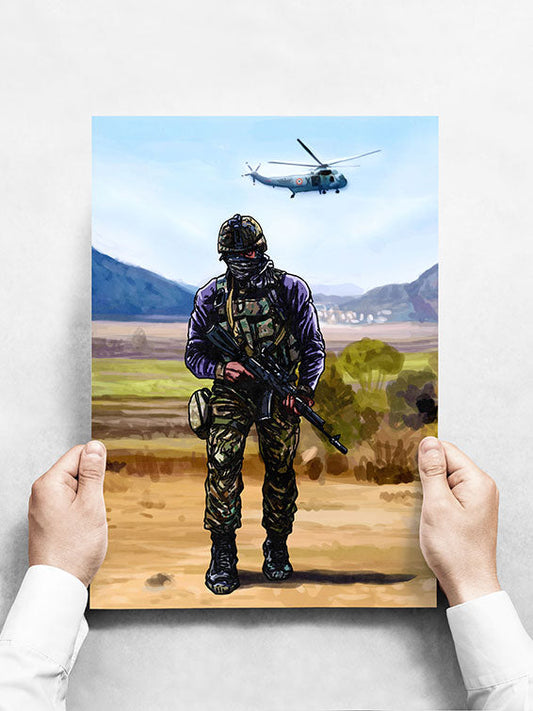



![Let's Crack SSB Interview Book [Paperback]](http://shop.ssbcrack.com/cdn/shop/files/ssb-books.webp?v=1736351621&width=533)





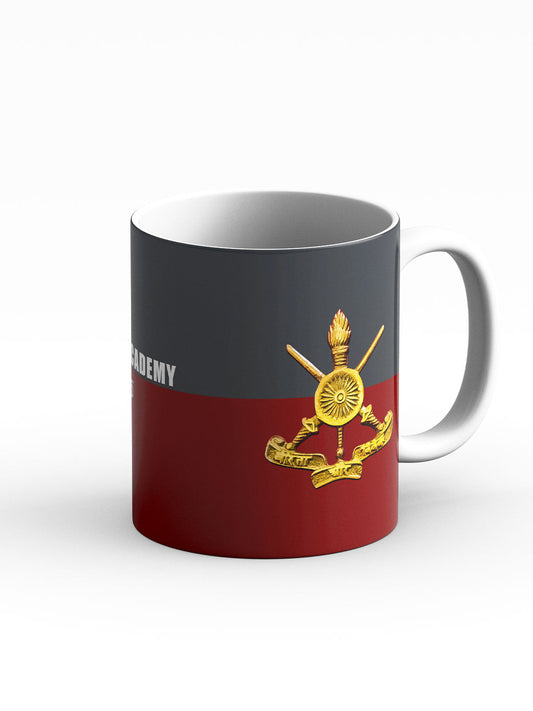
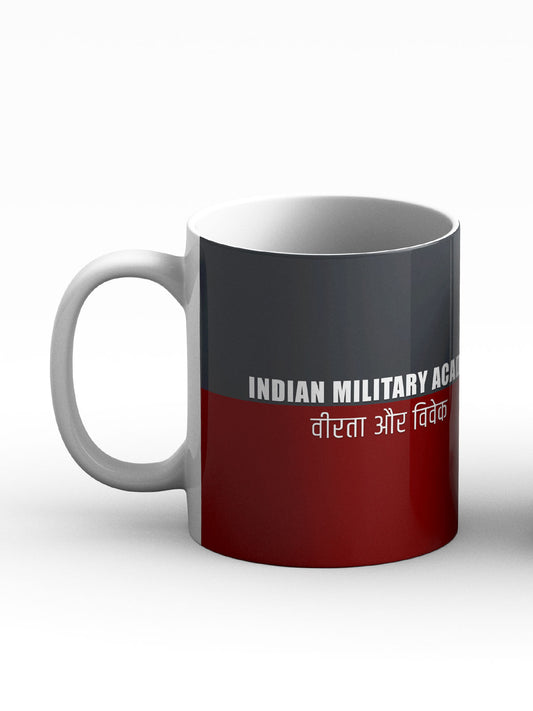
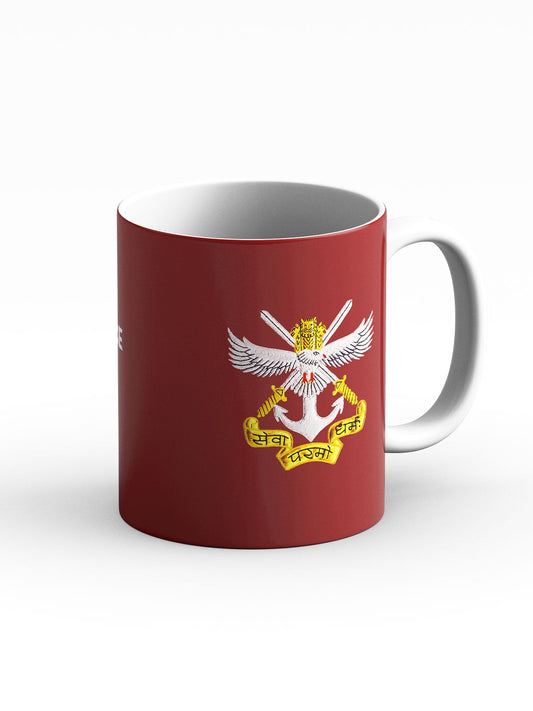
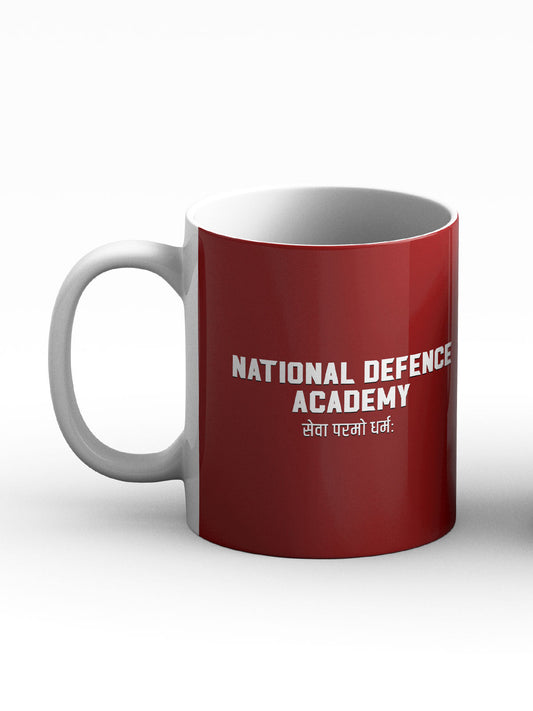

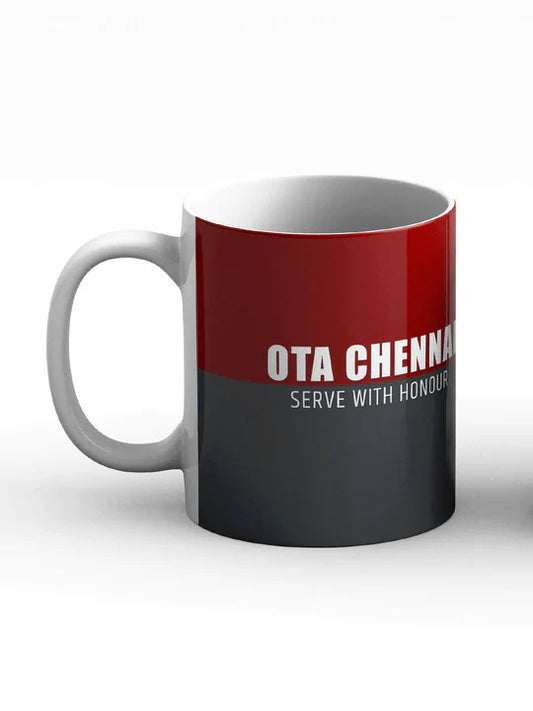
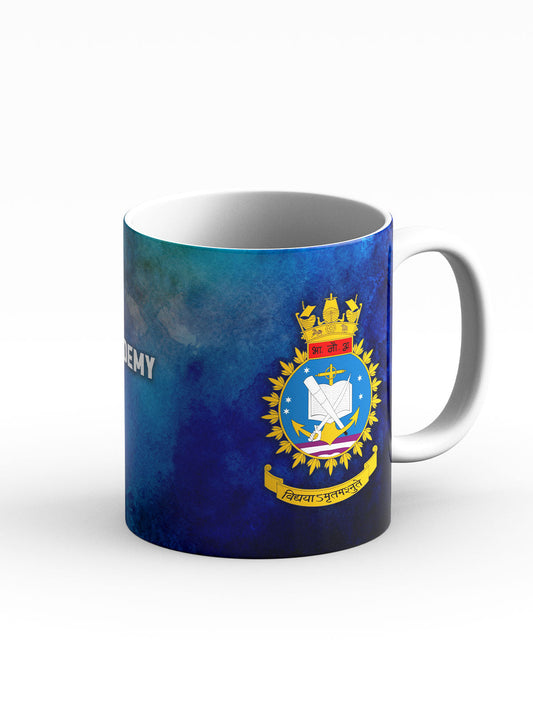
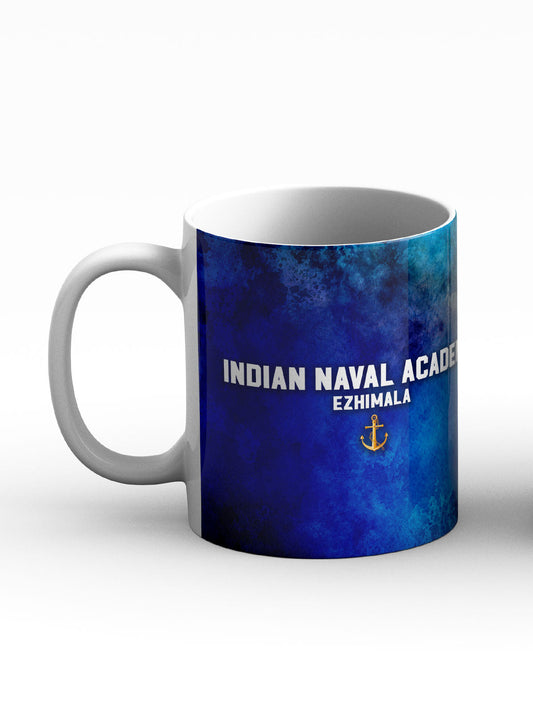


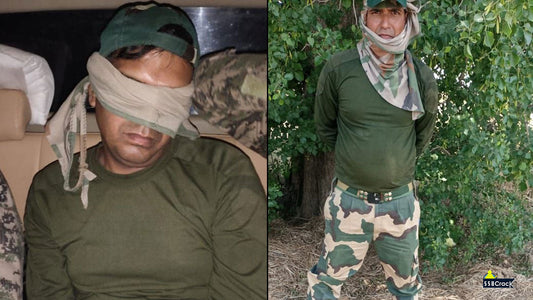


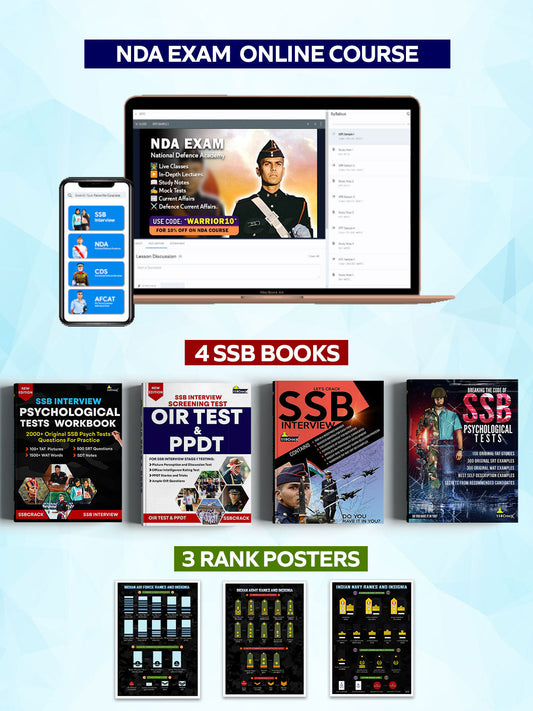



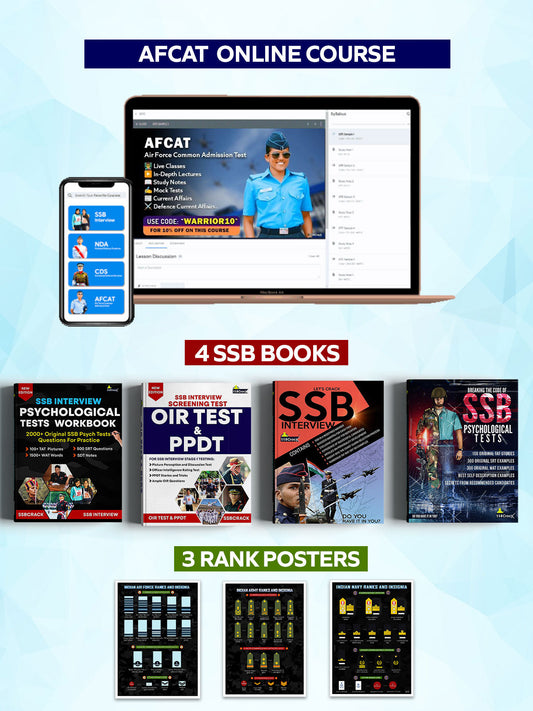

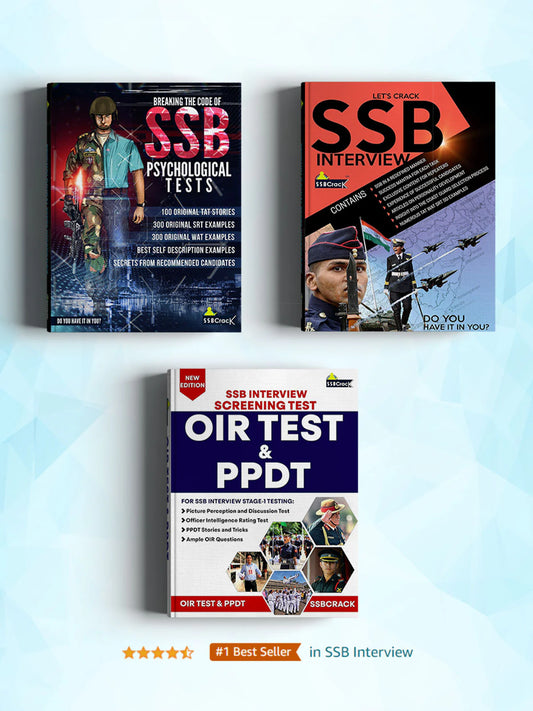


2 comments
Roshni, you need to first join the Indian Navy before you can apply for MARCOS. There are different ways to join the Indian Navy. Best of luck.
Join kr ne ke liye ky kr na pdega
eligible documents ky ky h
And form kb se start honge